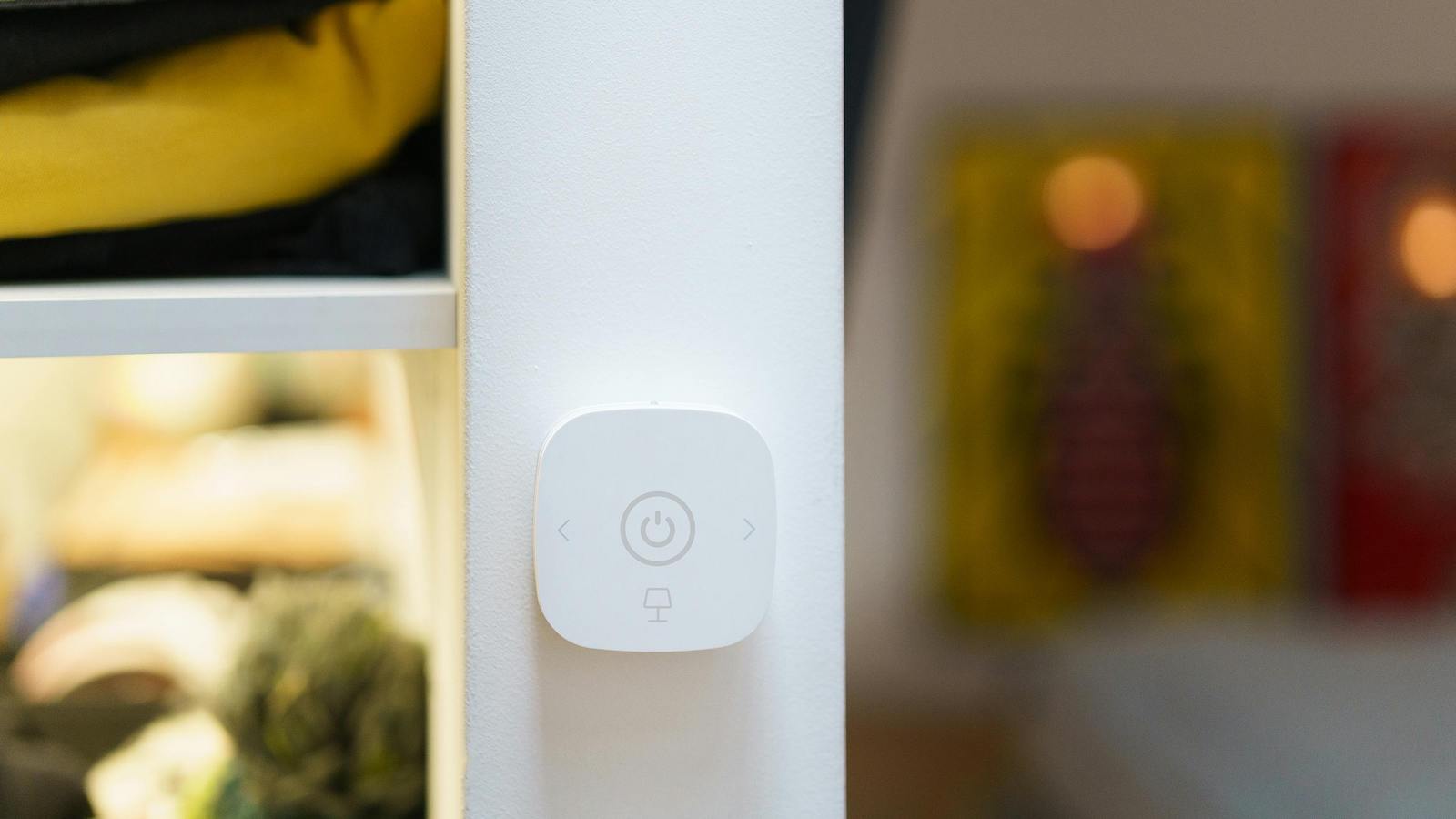The insurance industry excels at tactics. If one is an underwriter, a claims person or contact center manager, and a problem is detected, it’s all hands on deck to solve that problem. What tactics could wrestle that problem to the ground? That’s generally the direction the industry is most comfortable with because we are a pragmatic group by nature. IoT can easily fall into that scenario: if a commercial building is tall, let’s get a drone out there to inspect the roof. If a homeowner has a water damage claim, a water sensor is going to prevent a recurrence.
To be clear, the tactical use of technology is essential. If technology doesn’t solve a problem, then it’s just a shiny object, and no insurer has time for that – or the money to dedicate to it. However, particularly in terms of IoT, some may believe that it is a one-sided coin: a tactical tool to solve a specific problem. But that view short-changes the true value of IoT. It really is a two-sided coin.
The two sides of the coin emerge when IoT devices and sensors are connected with other initiatives. SMA finds four specific initiatives that change the business outcomes and value of IoT adoption:
- Data Initiatives. Sensors and connected devices generate unfathomable amounts of data. And almost all insurers are seeking new data sources to improve decision making, processes and risk management. It is critical that insurers include IoT data sources when initiating and advancing data-related projects. Ingesting and operationalizing IoT data is easier when these sources are planned for at the outset.
- AI Initiatives. In terms of IoT, AI represents a “chicken or egg” scenario. Is the tactical value of IoT the most important thing? Or is AI necessary to bring out the value? The tactical value of IoT is good. But using machine learning (ML), computer vision and natural language processing (NLP), to mention but a few of the AI family, generates new insights from the data and takes things to a whole new level. In fact, without AI, IoT is just a tactical tool. When assessing an incumbent or insurtech IoT provider, one of the important things to ask is whether they have data skills and AI embedded in the technology. Time to business value is critical.
- Customer Experience Initiatives. There are a number of things to consider when undertaking a customer experience initiative. IoT should be one of those things. For example, Siri, Alexa and Google Voice are present in many homes. With development and planning, these devices can be a service point to make policyholder experiences easier. Leading fleet telematics technologies provide fleet owners and managers with information to assist with driver development, making it easier to conduct business. There are numerous other IoT uses related to customer experience, and taking an outside-in view can reveal many opportunities.
- Parametric Product Development. In a quest to reduce claims expenses and facilitate the coverage for perils such as drought and pandemic, once difficult or impossible to insure, insurers are turning to parametric insurance. While not a primary line of coverage, parametric insurance can provide a source of indemnity to quickly assist a policyholder with immediate expenses. Sensors are frequently key in executing a parametric product because they define the attachment point for the coverage. Insurers can expand product offerings in new competitive ways by considering how sensors can define the occurrence.
See also: Crucial Technologies for P&C During COVID
So IoT is a two-sided coin – tactical and strategic. Both sides need to be understood and developed. Personal lines insurers are further down the road in terms of adopting IoT, but in 2021 commercial lines insurers are adopting and spending.
A recent SMA report, IoT: Connecting P&C Insurers to New Business Opportunities, provides personal and commercial survey data around what insurers are doing, furnishes examples and includes an in-depth view of business value.








